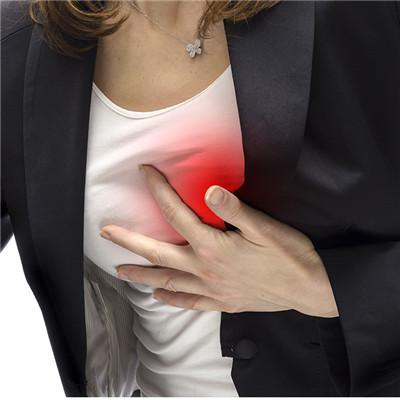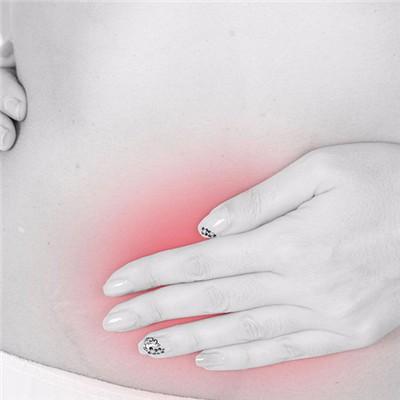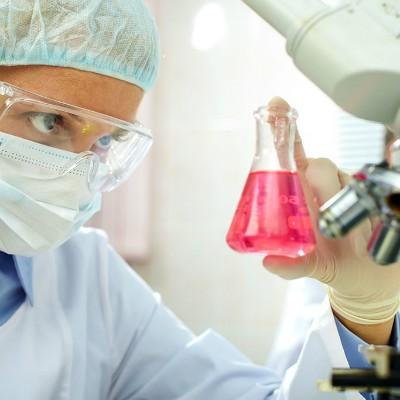Symptoms of skin and soft tissue infection
summary
Skin and soft tissue infection (SSTI), also known as skin and skin structure infection (SSSI), is an inflammatory disease caused by purulent pathogenic bacteria invading epidermis, dermis and subcutaneous tissue. Skin and soft tissue infections include folliculitis, furuncle, carbuncle, lymphangitis, acute cellulitis, burn wound infection, postoperative wound infection and bedsore infection. Symptoms of skin and soft tissue infection? Let's talk about it
Symptoms of skin and soft tissue infection
Swelling: the first is local swelling, skin redness, slight fever and induration. This is due to the increase of blood circulation after local infection, so a large amount of liquid infiltrates into the tissue space and causes swelling.
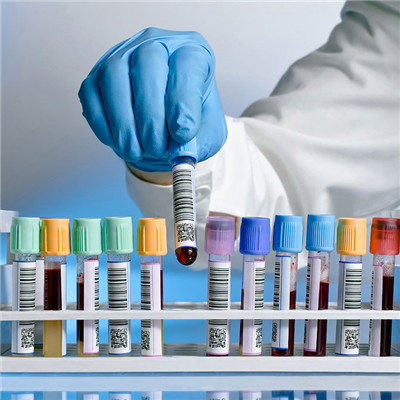
Fever: small infections may not cause fever; Larger infection can have low fever, even high fever and shivering, while the pulse speed up. Blood flow: tissue infection, necrosis, liquefaction into pus, the formation of one or more pus bubble, burst after the outflow of blood.

Pain: infection must have symptoms, some parts of the pain is severe, such as finger infection makes people unable to sleep at night. Furuncle at the beginning of the skin is red, swelling, pain, small induration, cone-shaped uplift, tenderness; Immediately, yellow and white purulent head appeared on the sclerotic top, surrounded by red hard disk. The patient felt itchy, burning and jumping pain; Later, the purulent head ulcers, and the pain is relieved after removing a little pus, or a pus plug is formed at the top of the purulent head, which is separated from the surrounding tissue and falls off. The inflammation gradually subsides, and the wound heals itself.
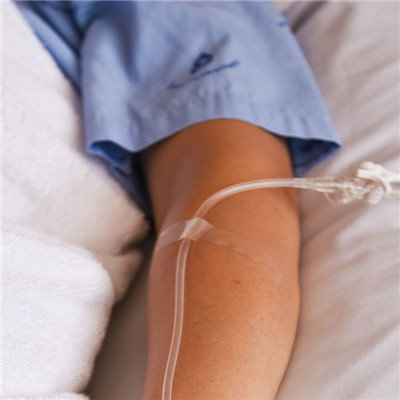
matters needing attention
Local use of disinfectants and preservatives (such as iodophor) is the main, in a few cases, some antibacterial drugs mainly used for local application, such as mupirocin, can also be used. Patients with mild disease can be treated by experience according to common pathogens. Patients with significant signs of systemic infection should do wound pus culture and blood culture at the same time. Drug sensitivity test should be carried out after the pathogen is known, and medication should be adjusted if necessary.


